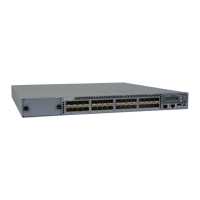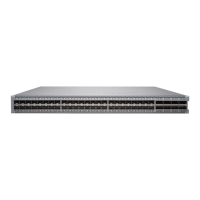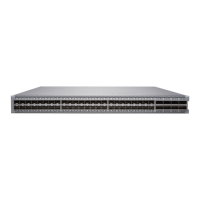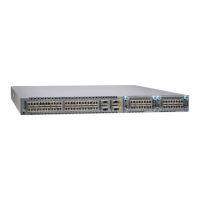NOTE: Do not overheat the tubing.
Figure 68: How to Install Heat-Shrink Tubing
4. Ensure that the input circuit breaker is open so that the voltage across the DC power source cable
leads is 0 V and that the cable leads will not become acve while you are connecng DC power.
NOTE: The V+ terminals are referred to as +RTN and V– terminals are referred to as –48 V
in
DC Power Wiring Sequence Warning
and
DC Power Electrical Safety Guidelines
.
5. Ensure that the power supplies are fully inserted in the chassis.
6. Remove the terminal block cover. The terminal block cover is a piece of clear plasc that snaps into
place over the terminal block.
7. Remove the screws on the terminals by using the screwdriver. Save the screws.
WARNING: Ensure that the power cables do not block access to switch
components or drape where people can trip on them.
202

